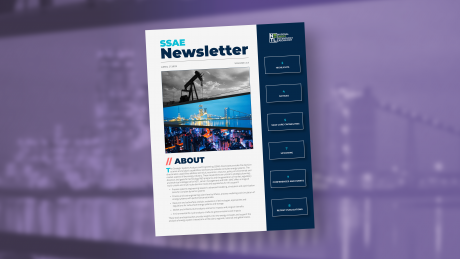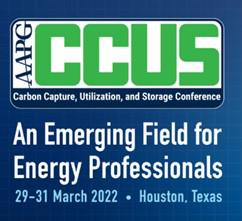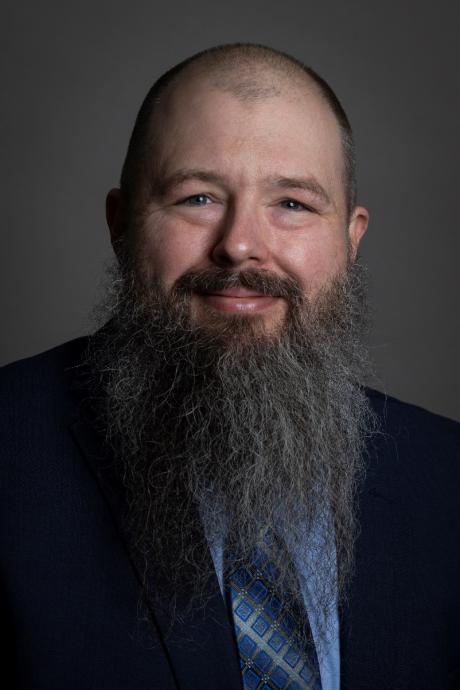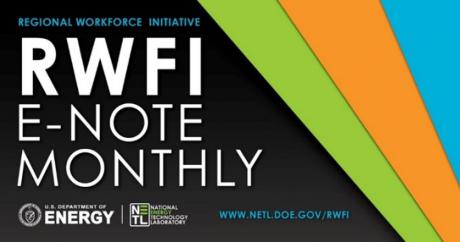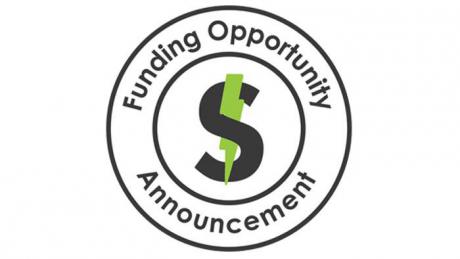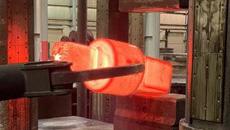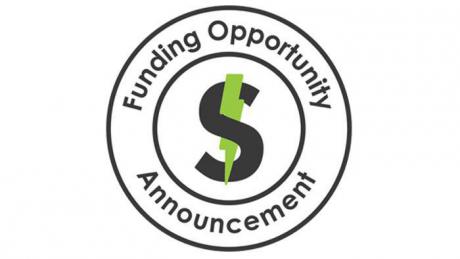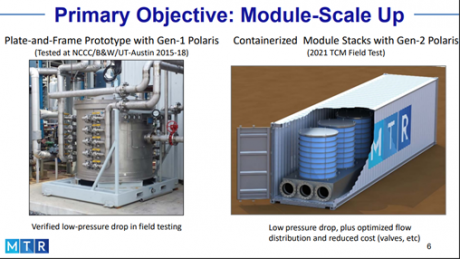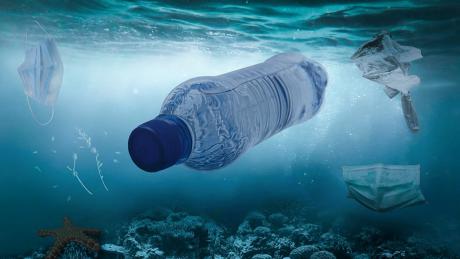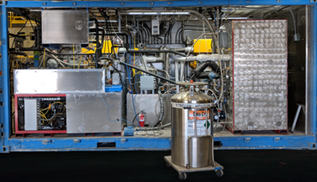The April 2022 edition of the SSAE Newsletter provides updates about recent research initiatives undertaken within NETL’s Strategic Systems Analysis and Engineering (SSAE) directorate.
Click here to access this latest edition and learn about activities that SSAE is leading to gain insights into new energy concepts, support the analysis of energy system interactions and advance its capabilities.
Highlights in this edition include:
NETL’s expertise in data analytics and high-performance computing to support a carbon-neutral and sustainable energy future will be highlighted at the American Association of Petroleum Geologists’ Carbon Capture, Utilization and Storage (CCUS) Conference on March 29-31 in Houston, Texas.
During his two decades at NETL, William Fincham, a federal project manager, has developed a passion for technology development. His most recent efforts have included working to utilize technologies developed at the Lab to help support a changing energy future.
Fincham grew up in Farmington, West Virginia, and earned his bachelor’s degree in electrical engineering from Fairmont State University. Fincham first came to NETL as an Oak Ridge Institute for Science and Education student in May 1999.
The March 2022 edition of the RWFI E-Note Monthly, the newsletter of NETL’s Regional Workforce Initiative (RWFI), includes details on funding opportunities for advancing undergraduate STEM (science, technology, engineering and math) education from the National Science Foundation (NSF), which is vital for ensuring the growth of a future work force.
Today, the U.S. Department of Energy’s Office of Fossil Energy and Carbon Management (FECM) announced $2.4 million in funding for three projects to advance novel thermal and hydrogen energy storage technologies toward increased duration, reliability and affordability. The technologies will initially support transitioning of existing fossil assets to low carbon energy systems, with the long-term potential to support the Biden-Harris Administration’s goal of a fully decarbonized electricity grid by 2035.
A six-year project managed with NETL oversight has culminated in the manufacture of commercial-scale nickel superalloy components that are needed for higher-efficiency thermal power plants.
Washington, D.C. — Today, the U.S. Department of Energy’s (DOE’s) Office of Fossil Energy and Carbon Management (FECM) announced $2.2 million in funding for a project that will produce high-strength, lightweight building materials made from domestic coal waste. The waste will be sourced from active coal preparation facilities or existing waste storage structures and converted into building materials that are lighter, less bulky and fire-resistant, for use in residential, commercial and infrastructure applications.
When NETL recently gave the green light for a private sector partner to build a large pilot scale field test of a technology that can effectively capture more greenhouse gases without using hazardous chemicals at a reduced cost, it represented the latest chapter in a technology development story that has been a dozen years in the making.
Above: NETL tool is being used to monitor the Great Pacific Garbage Patch for cleanup activities.
A digital tool developed by NETL that helps examine ocean currents and wind patterns to predict where oil and other particles in the ocean are likely to travel in the event of an oil spill is being used for a range of non-energy related uses - like keeping track of the Great Pacific Garbage Patch for cleanup activities.
Above: Cryogenic Carbon Capture™ is one example of a technology developed with NETL oversight and support that’s been acquired by industry for commercial deployment.
Several innovative technologies developed with support, expertise and strategic guidance provided by NETL have been licensed for use in next-generation commercial applications to capture carbon dioxide (CO2) from power and industrial plants to lower atmospheric emissions of greenhouse gas.





